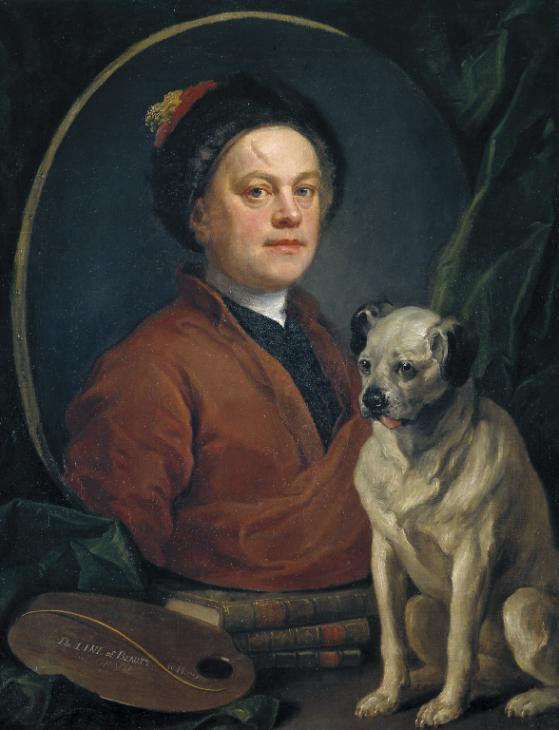London is thriving, museum attendance is higher than ever. Here are the numbers (visitors) for some of the main museums:
| 2014 | 2004 | |||
| 1 | British Museum | 6,695,213 | 4,868,176 | +38% |
| 2 | The National Gallery | 6,416,724 | 4,959,946 | +29% |
| 3 | Tate Modern | 5,785,427 | 4,441,225 | +30% |
| 4 | V&A South Kensington | 3,180,450 | 2,010,825 | +58% |
| 5 | Somerset House | 2,463,201 | n/a | |
| 6 | National Portrait Gal. | 2,062,502 | 1,516,402 | +36% |
| 7 | National Maritime Mus. | 1,516,258 | 1,507,950 | +1% |
| 8 | Tate Britain | 1,357,878 | 1,733,120* | -22% |
| 9 | Imperial War Museum | 914,774 | 754,597 | +21% |
| 10 | Hampton Court Palace | 560,513 | 498,278 | +12% |
| 11 | Churchill War Rooms | 472,746 | 306,059 | +54% |
Source ALVA (* Tate number is for 2005, 2004 not given.)

So what’s going on with poor old Tate Britain? Its stunning collection of many of the best-known works from the greatest names in British painting—Hogarth, Turner, Blake, Constable—seems underplayed on the website, and yet this should put Tate Britain at the top of the list for the London visit of every British school child, foreign tourist, NADFAS day tripper or urban intellectual. And indeed shows on subjects such as the Pre-Raphaelites or Turner do well. The exhibitions with challenging themes maybe less so: irrespective of their quality, this may not be where Tate Britain’s competitive advantage lies?
And what about the legacy of its modern art mission, thoroughly eclipsed by the arrival of its altogether more modern—right down to the name—sibling, Tate Modern, in 2000?
All questions for the people who run ‘Tate’. And very relevant now, as a replacement is sought for Tate Britain’s chief Penelope Curtis. Hard decisions and major changes may be needed, but, asks Martin Oldham in Apollo Magazine, is her successor being handed a poisoned chalice (Tate Britain: A Poisoned Chalice)?
The new Blue Guide London covers all the museums in the table above, and many more, extensively. And all are listed in the older Blue Guides Museums and Galleries of London.






